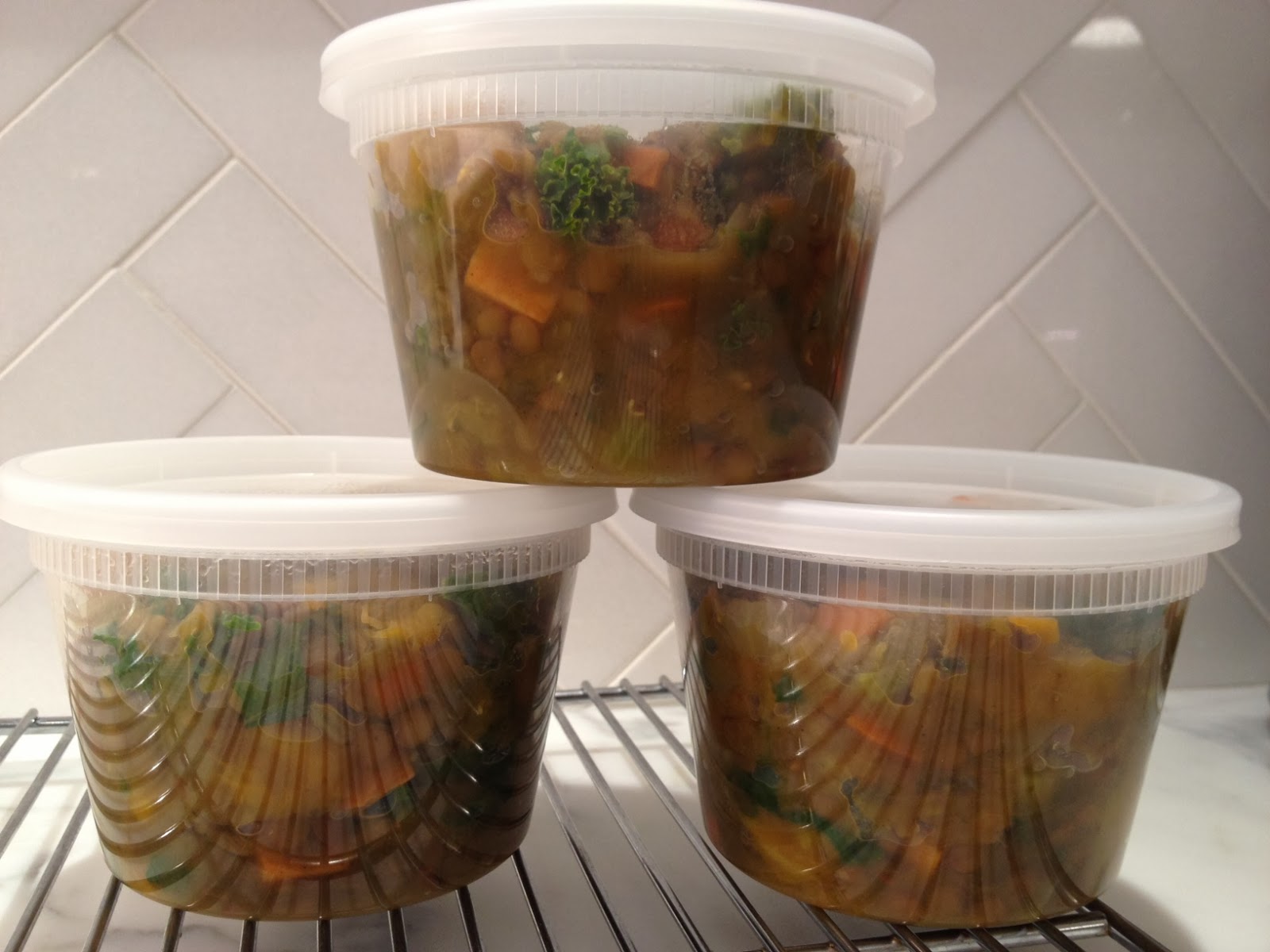Want to extend the life of a batch of particularly delicious soup you whipped up? How long soup lasts depends on how you store it. Check out our easy-to-follow guide to learn how to freeze soup and how to store soup in the fridge, so none of that French onion or hearty vegetable goodness has to go to waste.
The simplest way to store soups and stews (if you’re planning to use them within a few days) is in the fridge. Refrigerating soups and stews is mostly a matter of transferring it to some sort of container with a tight-fitting lid and getting it into the fridge within two hours.

How to Store Soup in the Fridge
When you’re planning to finish your leftover soup within a few days, the fridge is an easy storage option for the short-term. Here’s how to store soup in the fridge to ensure quality.
Depending on the amount of soup you have and the portion size you want to store it in, you may choose to store soup in either a storage container or in food storing bags.
If you’re using a storage container, first ladle the desired amount of soup into the container. Then, place a layer of Glad® Press’n Seal® directly on top of the soup to create an airtight barrier. Finally, put the lid on the container and make sure it’s tightly sealed before storing it in your fridge.
Prefer to store your leftover soup in bags instead? Ladle the soup into an airtight bag such as Glad® FLEXN SEAL™ Food Storage Quart Bags, then squeeze out any air before sealing. To make this easier, place the empty bag in a bowl with the edges cuffed before ladling soup into the bag. When you’re finished, lay bags flat in a single layer on the bottom shelf of your fridge.
How to Freeze Soup So It Lasts Longer
Curious about how to freeze soup so it stays as tasty as the day you made it? Here’s everything you need to know about how to freeze soup properly in just a few easy steps.
When you’re ready to freeze a batch of soup, the first step is to cool it. A big pot of soup will take a long time to cool, which invites bacteria to multiply. To avoid this, divide soup into smaller portions to allow it to cool more quickly before going in the freezer.
If you’re using storage containers to store soup, leave about an inch of space between the soup and the lid to leave room for your soup to expand as it freezes. Then, place a layer of Glad® Press’n Seal® or Glad® FreezerWrap on top of the soup to create a barrier. Finally, place the lid on your container and make sure it’s tightly sealed before placing it in the deepest part of your freezer.

@henrybottjer asked: “What is the best way to store and freeze soup for later use?”
FAQ
What is the best way to store soup?
Should you put leftover soup in the fridge?
What container considered better when storing soup?
How do you preserve soup for a long time?
How do you store cooked soup?
Here are some tips: The fridge is generally the best place to store cooked food like soups. To ensure that your soup stays fresh and safe: – Allow the soup to cool down before transferring it into an airtight container. – Label your container with the date so that you remember when you put it in there.
Can soup made with coconut milk be left safely at room temperature overnight?
Neither soup made with coconut milk, nor with other milks or without milk can be left at room temperature, because this temperature is beneficial for bacterial development. As a result, if you leave your soup at room temperature, in the morning you will probably have a soup rich in bacteria.
How do you store soup in a jar?
The containers you use should be airtight and freezer-safe to prevent freezer burn and maintain the freshness of your soup. Here are some options to consider: Glass Jars: Mason jars or other glass containers with seals are an excellent choice for storing soup. They are durable, easy to clean, and allow you to see the contents inside.
How do you store soup & stew?
There are three main techniques you can use, depending on how long you want to keep the soup, as well as what ingredients the soup or stew contains. The simplest way to store soups and stews (if you’re planning to use them within a few days) is in the fridge.
